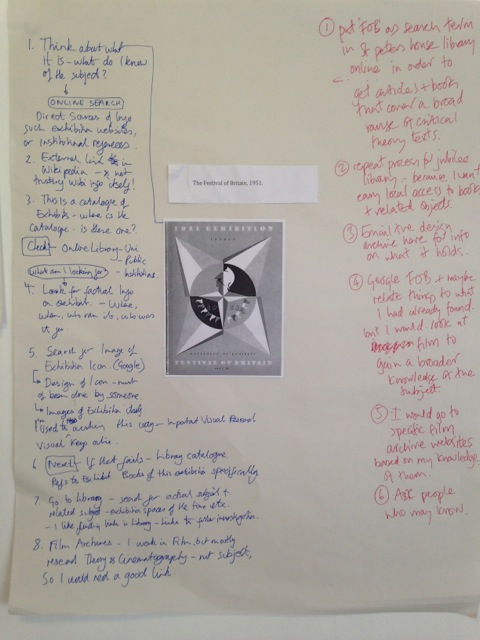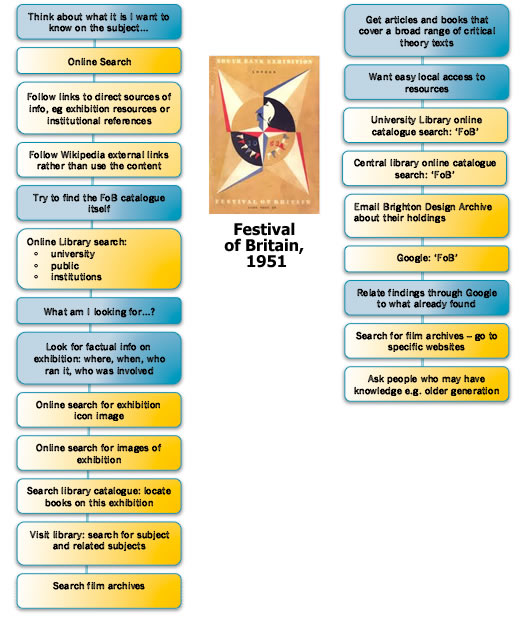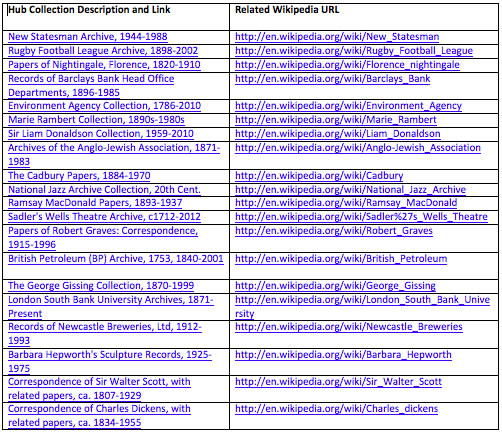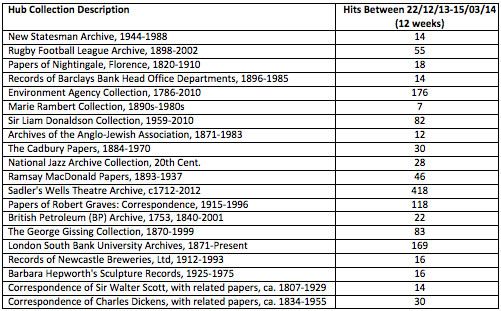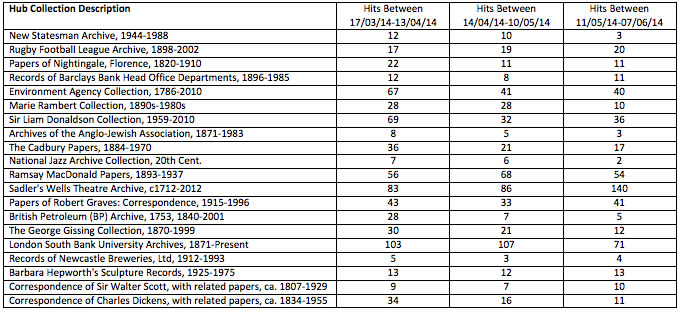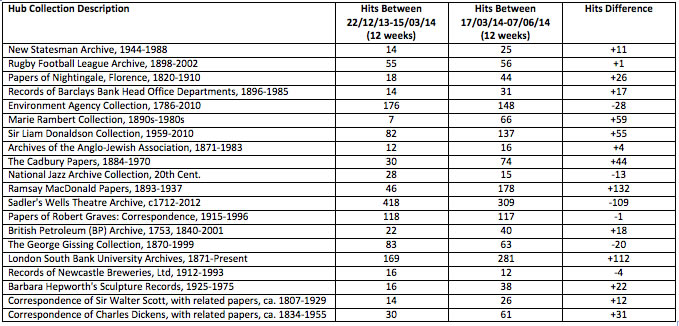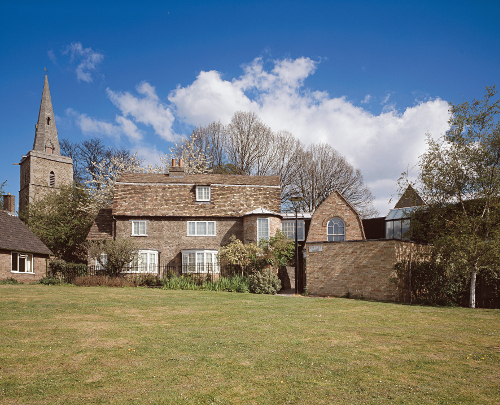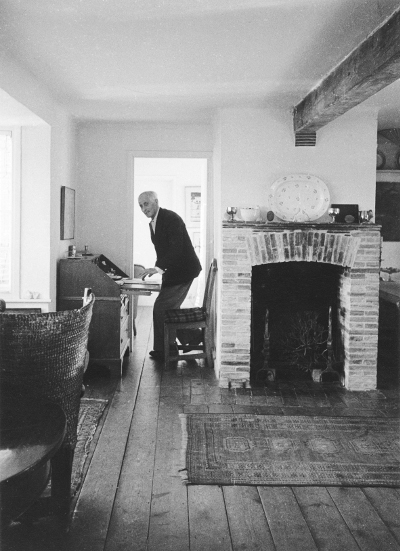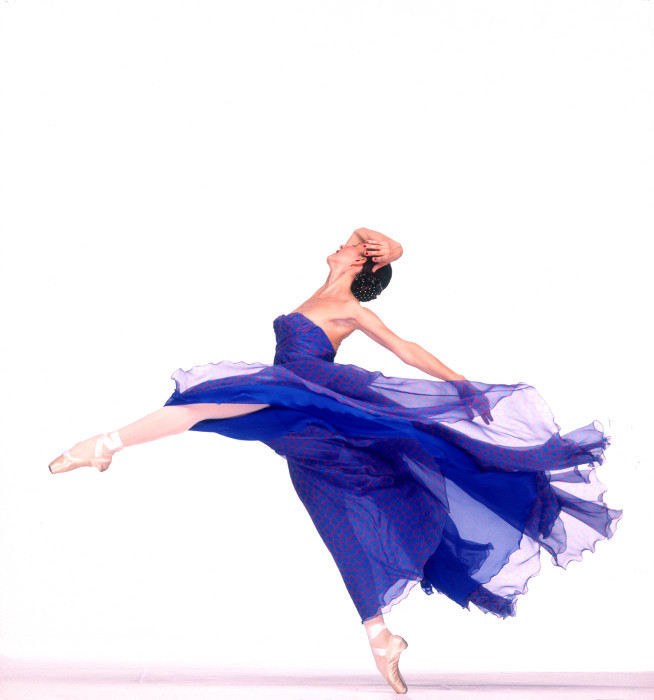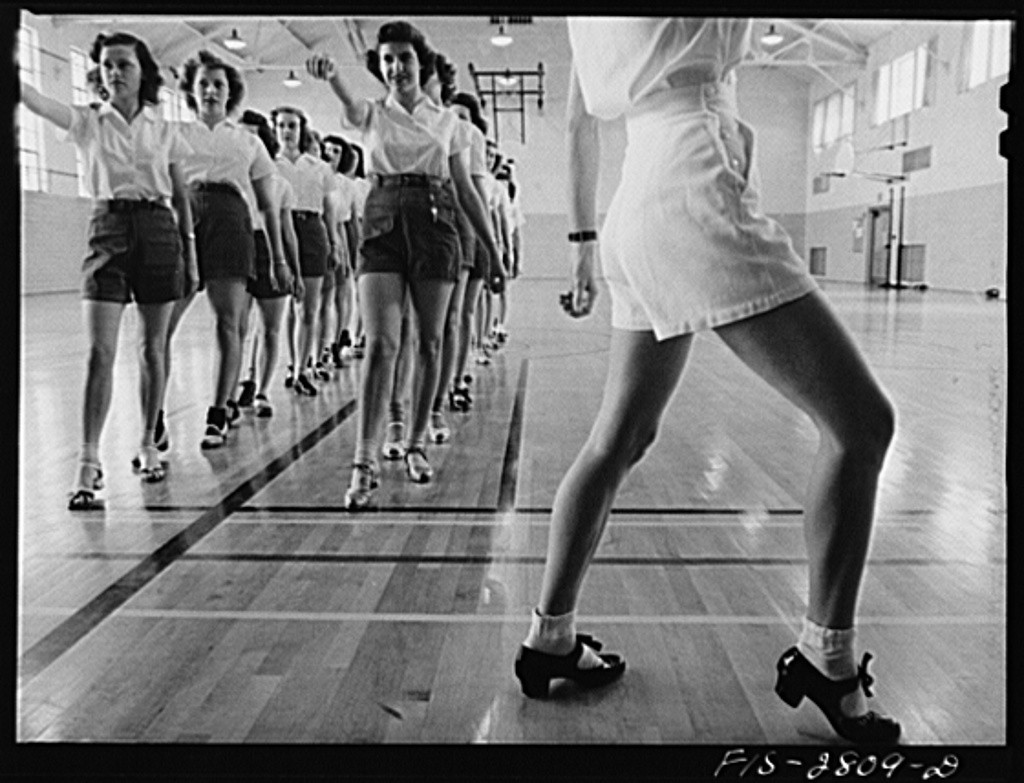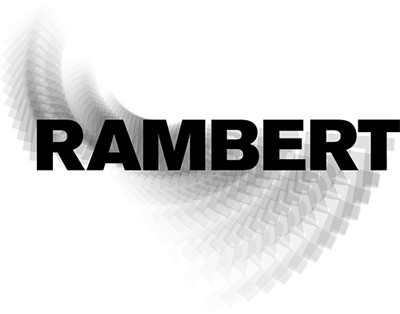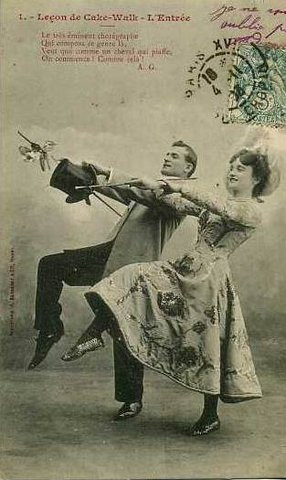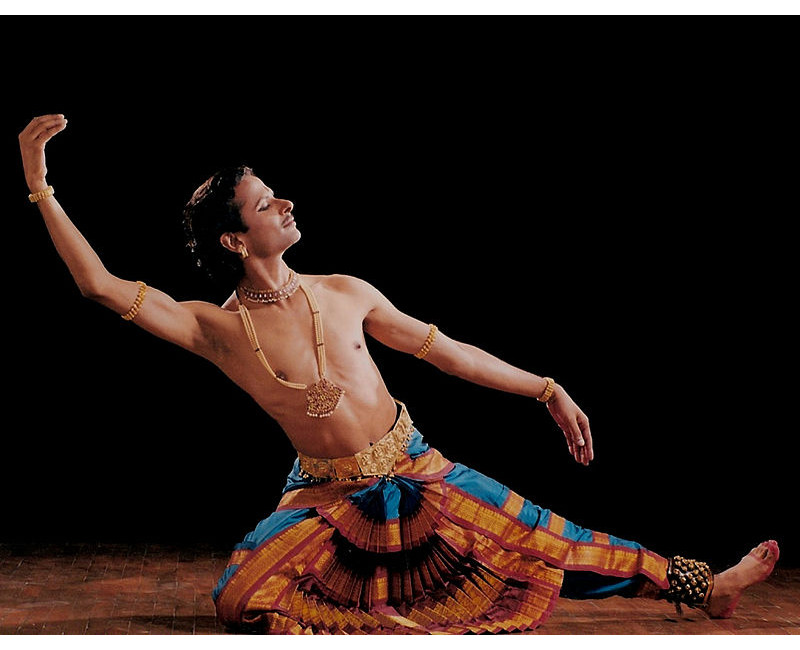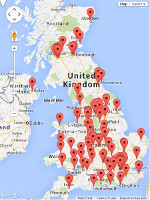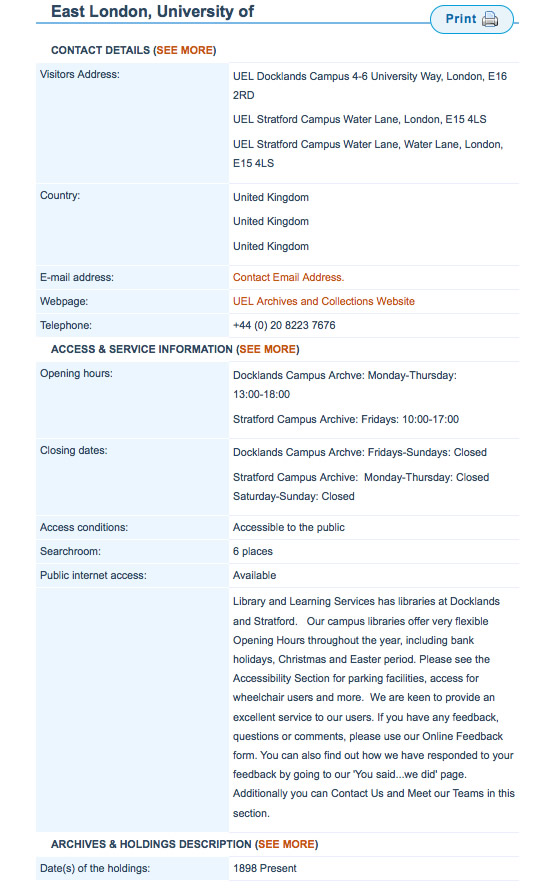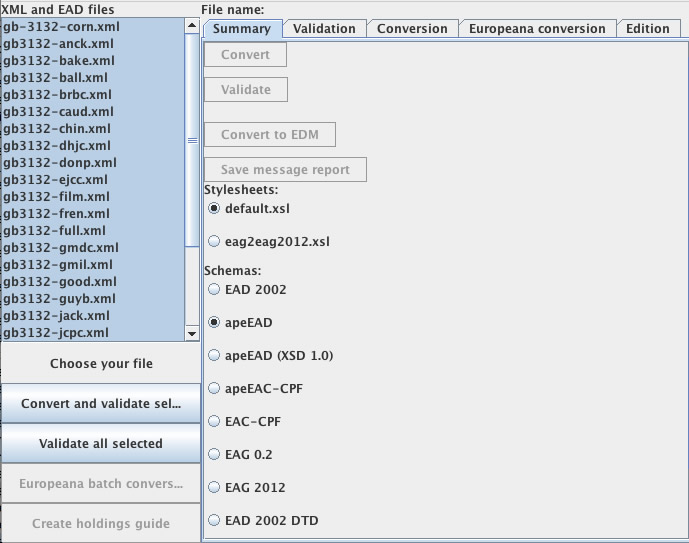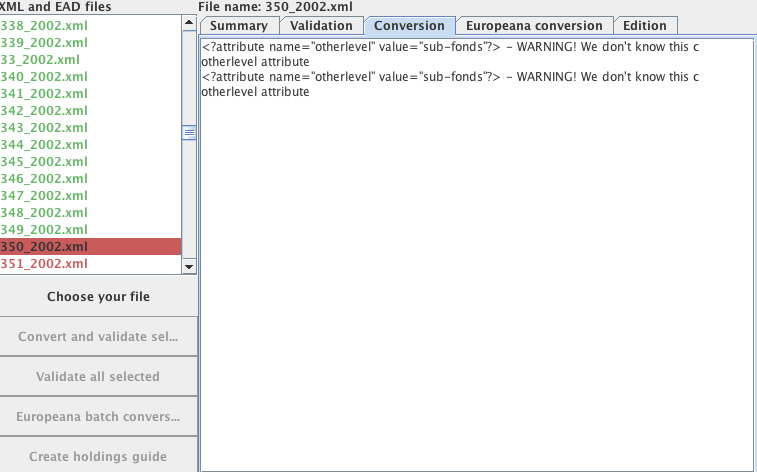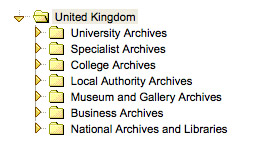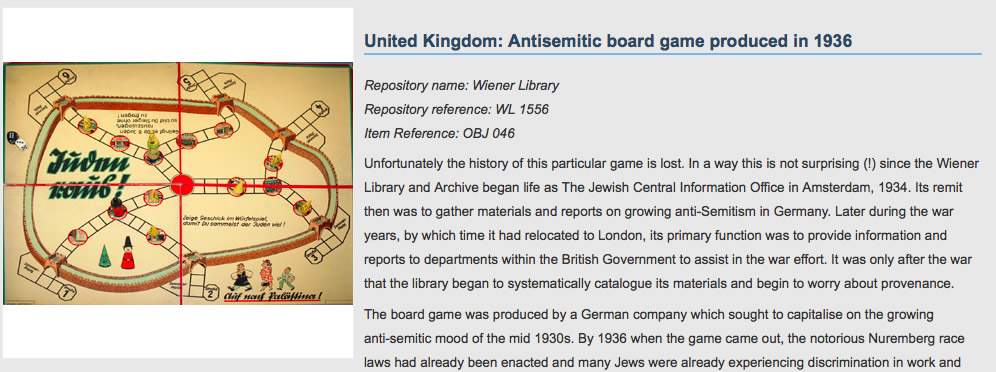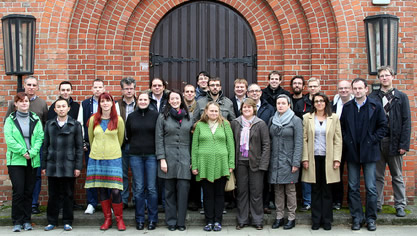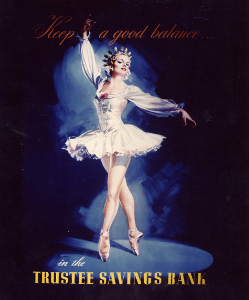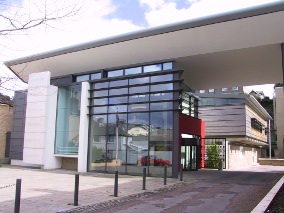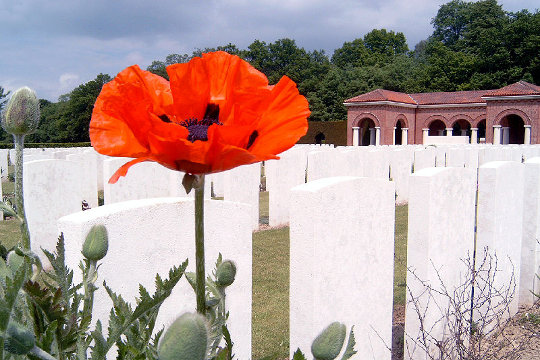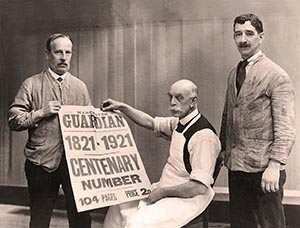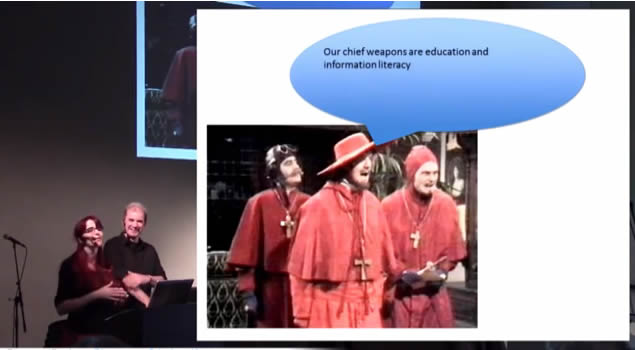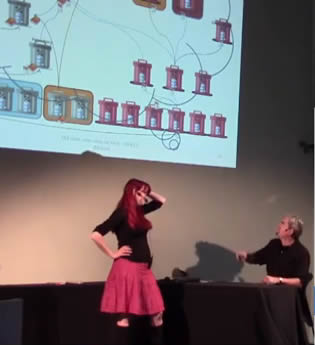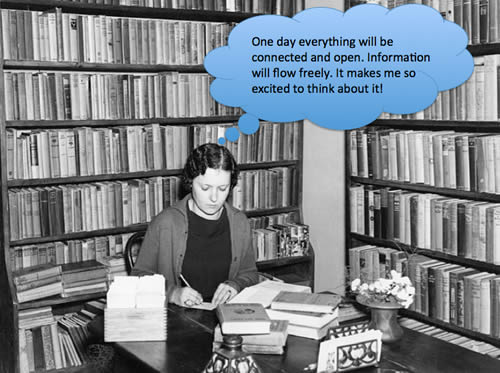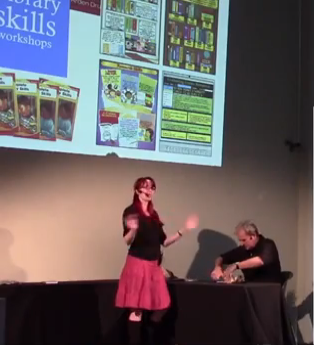We recently ran a second workshop as part of our Exploring British Design project. The workshops aim to understand more about approaches to research, and researchers’ understanding and use of archives.
The second workshop was run largely on the same basis as the first workshop, using the same exercises.
Looking at what our researchers said and documented about their research paths over the two workshops, some points came out quite strongly:
- Google is by far the most common starting point but its shortcomings are clear and issue of trust come up frequently.
- There is often a strong visual emphasis to research, including searching for images and the use of Pinterest; there seems to be a split between those who gravitate towards a more text-based approach and those who think visually (many of our participants were graphic designers though!).
- It is common to utilise the references listed in Wikipedia articles.
- The library as a source is seen as part of a diverse landscape – it is one place to go to, albeit an important one. It is not the first port of call for the majority.
- Aggregators are not specifically referred to very often. But they may be seen as a place to go if other searches don’t yield useful results.
- Talking to people is very important, be it lecturers, experts, colleagues or friends
- Online research is more immediate, and usually takes less effort, but there are issues of trust and it may not yield specific enough results, or uncover the more obscure sources.
- There is a tendency to start from the general and work towards the more specific. With the research paths of most of the researchers, the library/archive was somewhere in the middle of this process.
- Personal habits and past experience play a very large part, but there is a real interest in finding new routes through research, so habit is not a sticking point, but simply the dominant influence unless it is challenged.
For the second workshop, the first exercise asked participants to document their likely research paths around a topic.
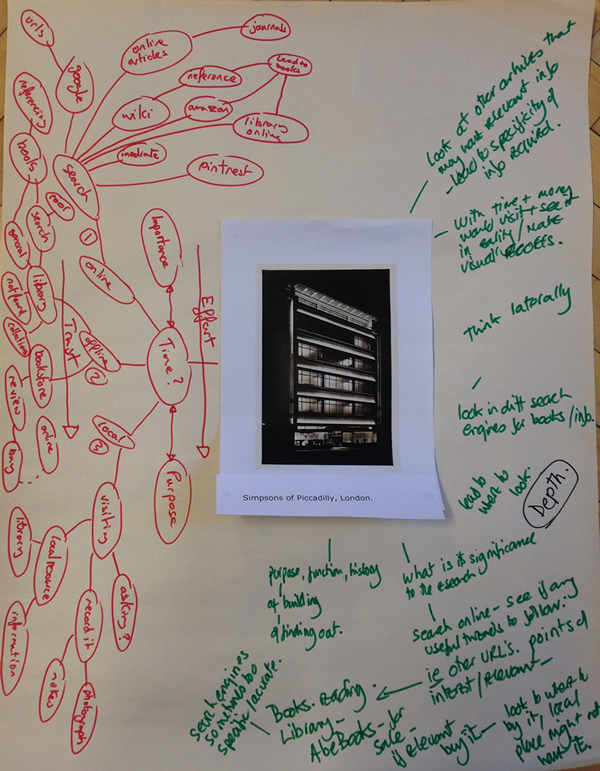
We had four pairs of researchers looking at different topics, and we left them to discuss their research paths for about 45 minutes. The discussions following the exercise picked up on a number of areas:
Online vs Offline
We kicked off by asking the researchers about online versus ‘offline’ research paths. One participant commented that she saw online as a route through to traditional research – maybe to locate a library or archive – ‘online is telling me where to look’ but in itself it is too general and not specific enough; whereas the person she was paired with tended to do more research online. He saw online as giving the benefit of immediacy – at any time of day or night he could access content. The issue of trust came up in the discussion around this issue, and one participant summed up nicely: “If you do online research there is less effort but there is less trust; if you research offline there is more effort but there is more trust.”
Following on from the discussion about how people go about using online services, there was a comment that things found online are often the more obvious, the more used and cited resources. Visiting a library or archive may give more opportunity to uncover little known sources that help with original research. This seemed to be endorsed by most participants, one commenting that Pinterest tends to reflect what is trendy and popular. However, there was also a view that something like Pinterest can lead researchers to new sources, as they are benefiting from the efforts, and sometimes the quite obsessive enthusiasms, of a wide range of people.
There was agreement that online research can lead to ‘information dumping’, where you build up a formidable collection of resources, but are unlikely to get round to sorting them all out and using them.
Library Resources
The issue of effort came up later in the discussion when referring to a particular university library (probably typical of many university libraries), and the amount of effort involved in using its databases. There was a comment about how you need to ‘work yourself up to an afternoon in the library’ and there seemed to be a general agreement that the ‘search across all resources’ often produced quite meaningless results. When compared to Google, the issue seems to be that relevance ranking is not effective, so the top results often don’t match your requirements. There was also some discussion around the way that library resource discovery services often involve too many steps, and there is effort in understanding how the catalogue works. One participant, whose research centres on the Web and the online user experience, felt that printed sources were of little use to him, as they were out of date very quickly.
Curating your sources
One researcher talked about using Pinterest to organise findings visually. This was followed up by another researcher talking about how with online research you can organise and collect things yourself. It facilitates ‘curating’ your own collection of resources. It can also be easier to remember resources if they are visual. Comparing Pinterest to the Library – with the former you click to add the image to your board; with the Library you pay a visit, you find the book, you take it to the scanner, you pay to take a scan…although it is increasingly possible to take pictures of books using your own device. But the general feeling was that the Web was far quicker and more immediate.
Attitudes towards research
One participant felt that there might be a split between those more like him who see research as ‘a means to an end’ and those who enjoy the process itself. So maybe some are looking for the shortest route to the end goal, and others see research as more exploratory activity and expect it to take time and effort. This may partly be a result of the nature and scope of the research. Short time scales preclude in-depth research.
Talking about serendipitous approaches, someone commented that browsing the library shelves can be constructive, as you can find books around your subject that you weren’t aware existed. This is replicated to some extent in something like Amazon, which suggests books you might be interested in. There was also some feeling that exploring too many avenues can take the researcher off topic and take up a great deal of time.
Trust and Citation
The issue of trust is important. A first-hand experience, whether of a place you are researching, or using physical archive sources, is the most trustworthy, because you are seeing with your own eyes, experiencing first hand or looking at primary sources first hand; a library provides the next level of trust, as a book is an interpretation, and you may feel it requires corroboration; the online world is the least trustworthy. You will have the least trust if you are looking at a website where you don’t know about who or what is behind it. There was agreement that trust can come through crowd sourced information, but also some discussion around how to cite this (for example, using the Harvard system to reference web pages and crowd sourced resources). This led on to a short discussion around the credibility of what is cited within research. Maybe attitudes to Wikipedia are slowly changing, but at present there is generally still a feeling that a researcher cannot cite it as a source. There are traditions within disciplines around how to cite and what are the ‘right’ things to cite.
[Further posts on Exploring British Design will follow, with reflections on our workshops and updates on the project generally]

